When you think of Kakejiku, what comes to mind? Perhaps a serene Japanese tea room or an elegant traditional house? As one of Japan’s most iconic decorative items, Kakejiku, or hanging scrolls, have been deeply intertwined with Japanese culture and aesthetics for centuries.
Yet, in modern times, Kakejiku might feel like a thing of the past, often overlooked in daily life. In this article, we’ll dive into the world of Kakejiku, exploring what they are, their history, how they’re used today, and even their appearances in the video game Nioh 2. Whether you’re a fan of Japanese culture or just curious about these beautiful scrolls, you’re in for a treat!
What Are Kakejiku?
The Basic Structure of Kakejiku
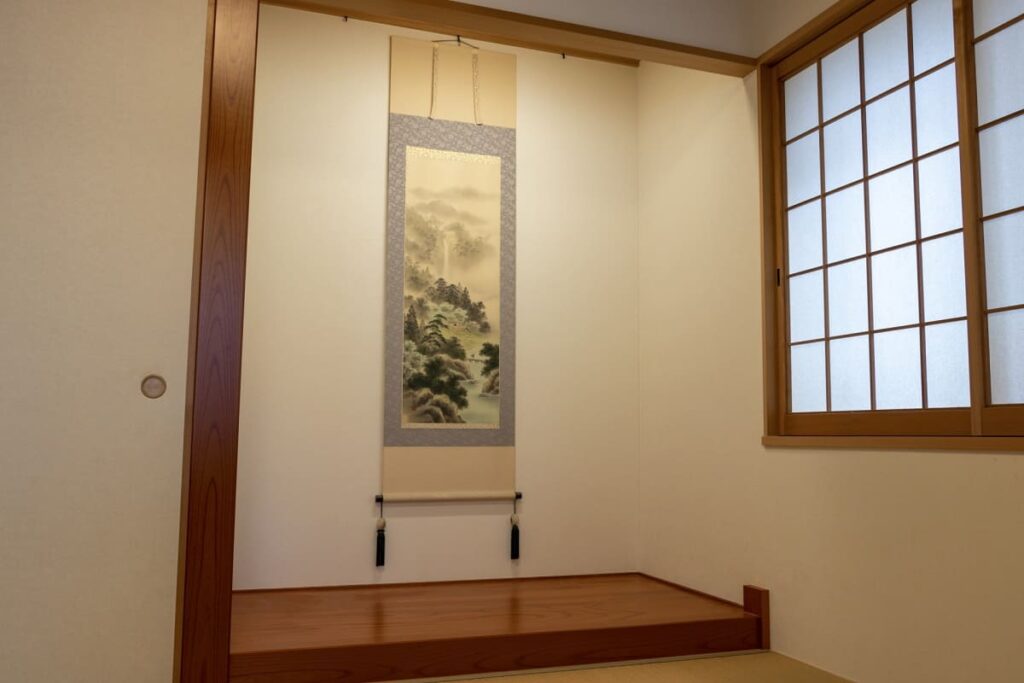
A Kakejiku is a traditional Japanese hanging scroll made from paper or fabric, featuring paintings or calligraphy. It has a hanging cord at the top and a roller rod at the bottom, making it easy to roll up for storage. This practical design not only protects the artwork but also makes it highly portable.
Types and Designs of Kakejiku
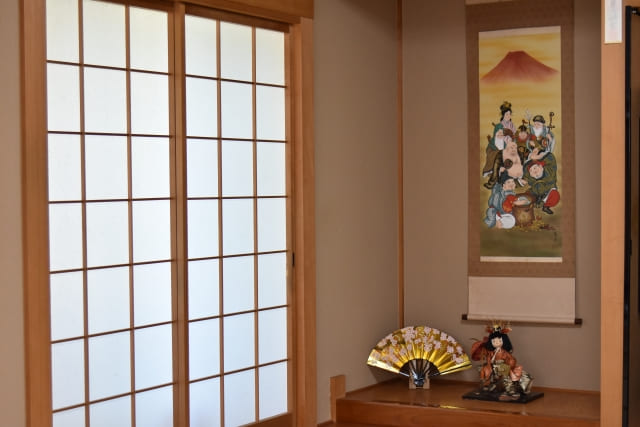
Kakejiku come in a variety of designs, from seasonal landscapes and birds to religious motifs and calligraphic works. They are often chosen to reflect the mood of the season or the theme of an event. For instance, in tea ceremonies, you might see scrolls bearing phrases like “Ichigo Ichie” (One moment, one opportunity), emphasizing the uniqueness of each gathering.
The Meaning and Role of Kakejiku
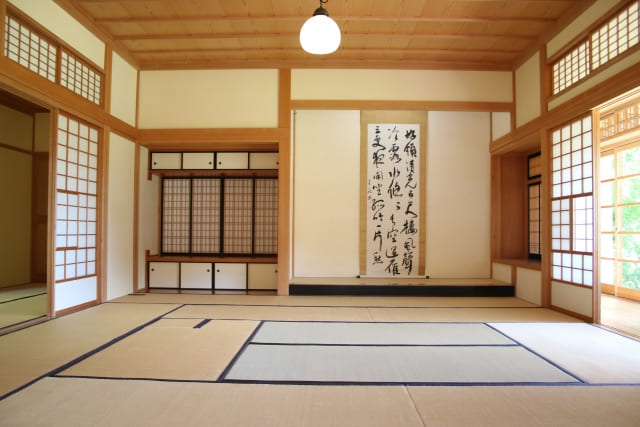
Kakejiku are not just decorative items—they play a significant role in setting the atmosphere of a space. They often convey themes that encourage mindfulness, celebrate nature, or express deep philosophical ideas. Especially in tea rooms, the choice of Kakejiku is carefully considered to create a harmonious and welcoming ambiance.

When I was a kid, I didn’t have any feelings about Kakejiku.
But now I like Kakejiku so much!

I was always curious about them! I love them!
The History of Kakejiku in Japan
Origins and Early Development

Kakejiku traces its roots back to China, where scroll paintings and calligraphy were introduced to Japan during the Nara period (8th century). Initially used for religious purposes, such as displaying Buddhist scriptures or images, they gradually evolved into a more decorative art form in Japan.
The Samurai Era and the Spread of Kakejiku
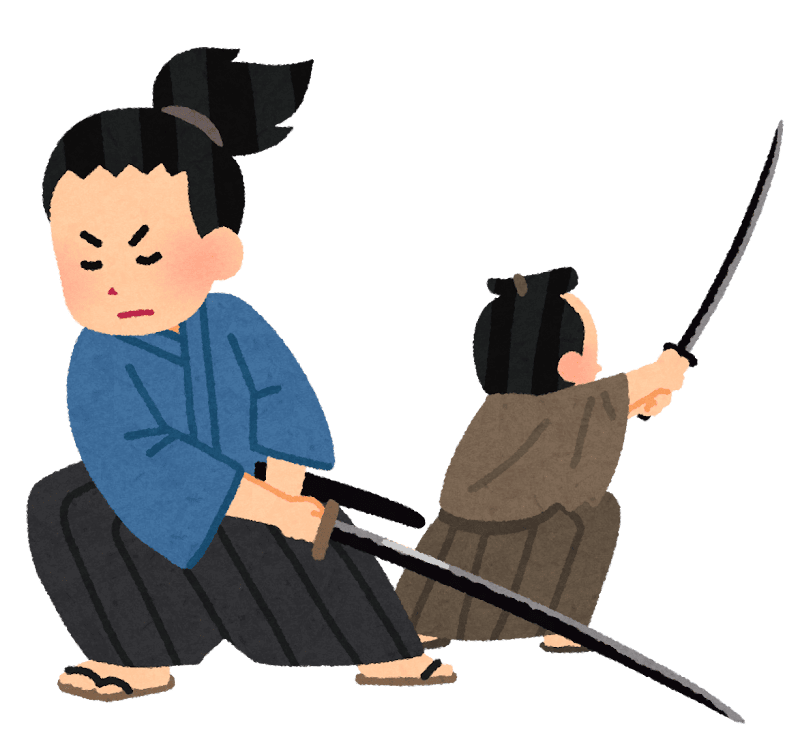
During the Muromachi and Edo periods (14th–19th centuries), Kakejiku gained prominence as part of the samurai culture. They were displayed in tea rooms and reception halls, often showcasing the host’s sophistication and appreciation for art. The art of arranging a tea room with a suitable Kakejiku became a symbol of hospitality.
Modern Evolution and Preservation
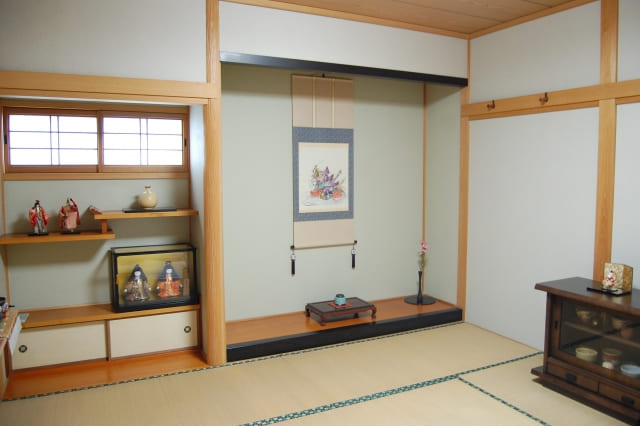
While Western-style interiors have reduced the presence of Kakejiku in homes, they remain cherished in traditional settings and among art enthusiasts. Contemporary artists are also innovating new designs, blending traditional craftsmanship with modern aesthetics.
How Kakejiku Are Used Today and Where to Hang Them
Tea Rooms and Traditional Spaces
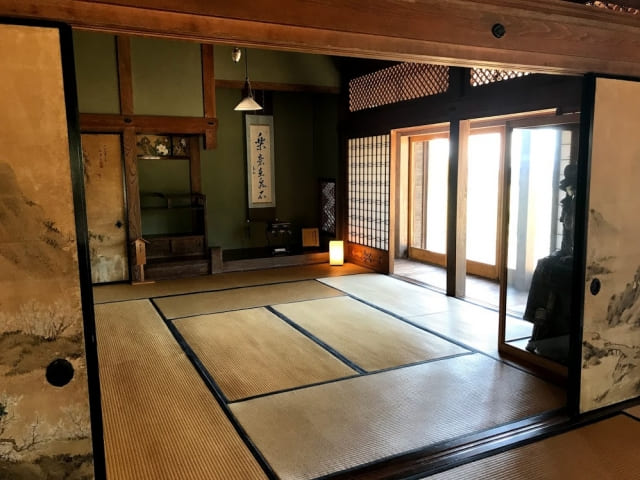
In tea rooms, Kakejiku play a central role in creating the right ambiance. The scroll often reflects the occasion or the season, providing guests with a glimpse into the host’s intentions.

I’d love to live in an old house like this!
I want to decorate a cool Kakejiku.
As Modern Interior Decor
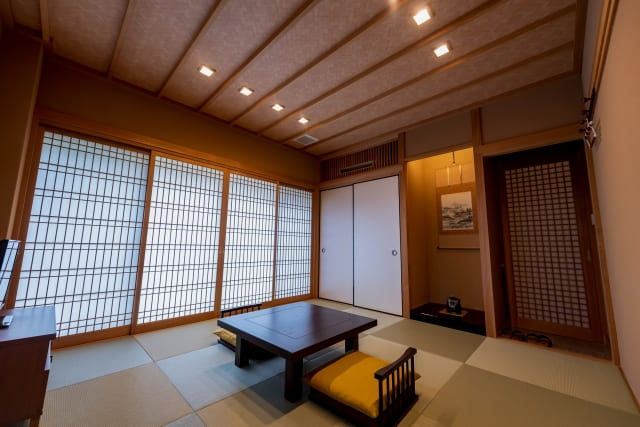
These days, Kakejiku are finding new life as part of “Wa-modern(和モダン)” (Japanese-modern) interior design. Their minimalist elegance makes them a perfect addition to contemporary spaces, both in Japan and abroad.
Tips for Displaying Kakejiku
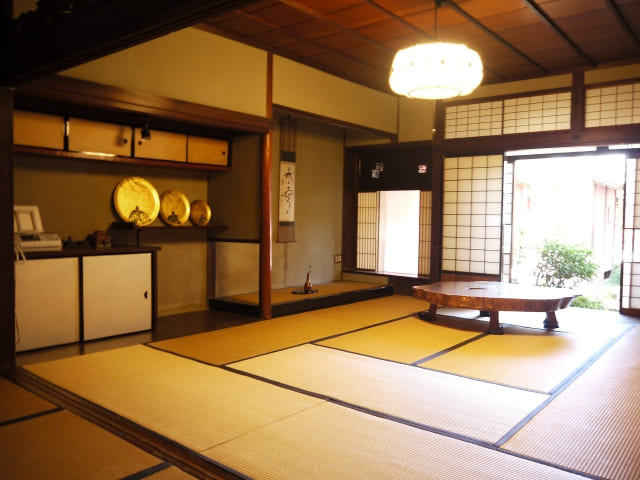
When displaying a Kakejiku, consider the theme of your room and the mood you want to convey. Be mindful of humidity and sunlight to preserve its quality. Rotating Kakejiku seasonally or for special occasions can keep your decor fresh and engaging.
Kakejiku in the Video Game Nioh 2

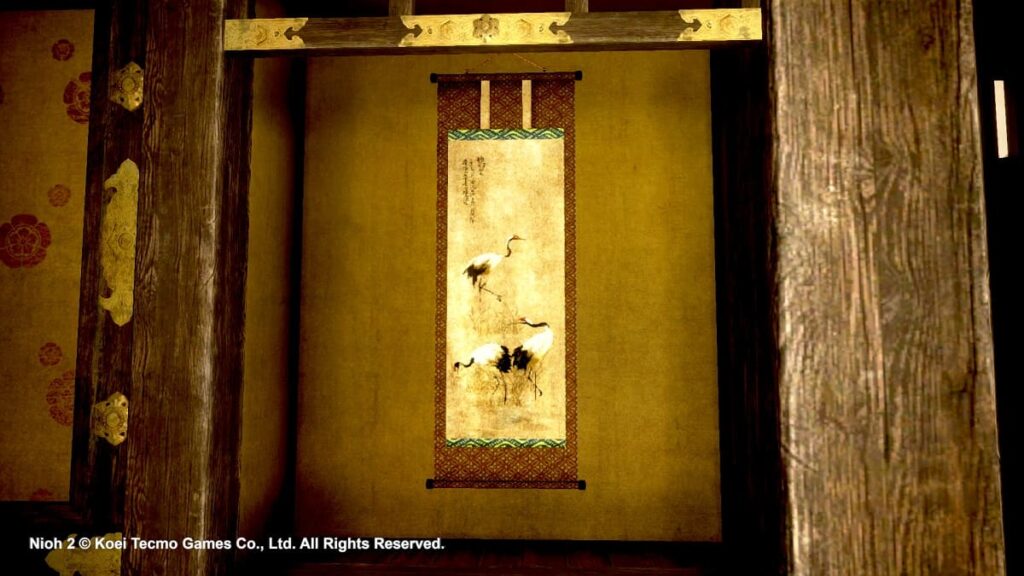
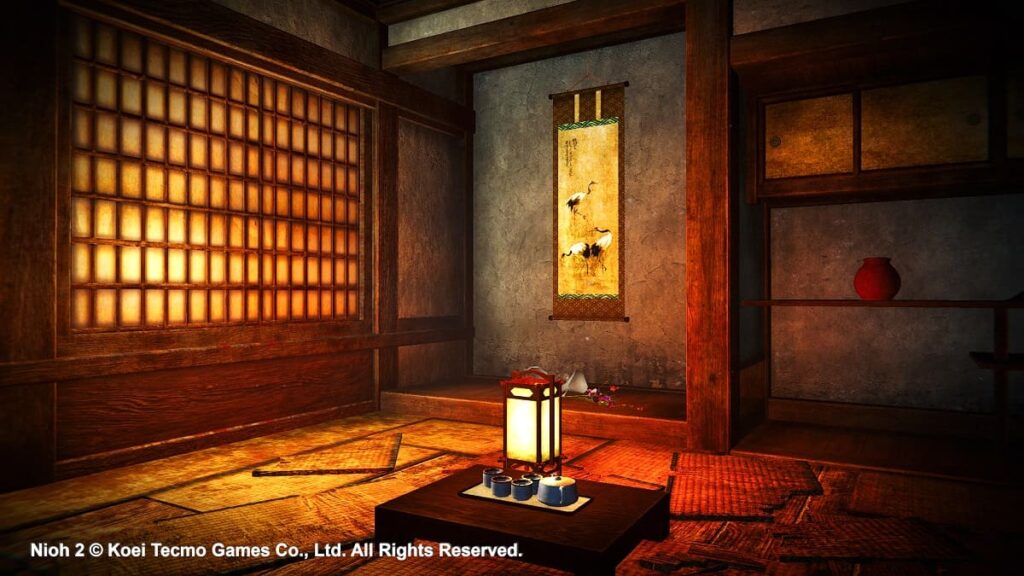
In the action-adventure game Nioh 2, set in Japan’s Warring States period, Kakejiku appear in various locations such as castle interiors and samurai residences. These scrolls are not just background decor—they add authenticity to the game’s depiction of the era. Players can appreciate the intricate details of these digital Kakejiku, which reflect the cultural richness of the time. Next time you play, take a moment to pause and admire these virtual works of art!

We actually created our own kakejiku in our gaming layout when we play Nioh 2!
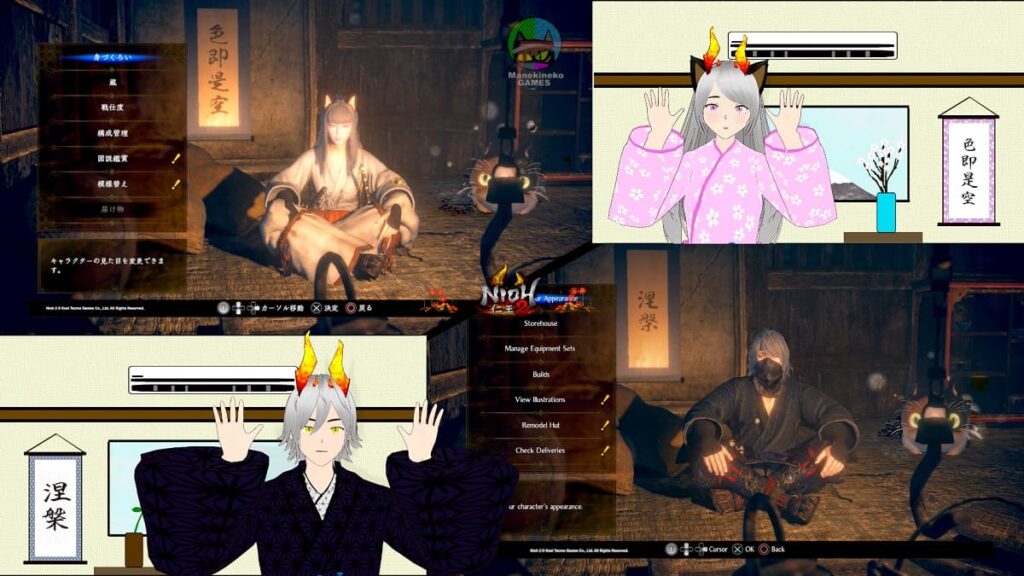

Yes! They are the same as in the gaming HUT in Nioh 2!

If you are interested in our gameplay, Please check out our Channel!

Yes! Please like us and subscribe to us!

Yes! That will make us really happy! Thank You!
You can buy Kakejiku online!!

If you are interested in buying Kakejiku, I recommend you an online store, Rakuten Ichiba.
Rakuten Ichiba has Global express service and you can enjoy shopping from abroad.

This product contains four different drawings!
Conclusion
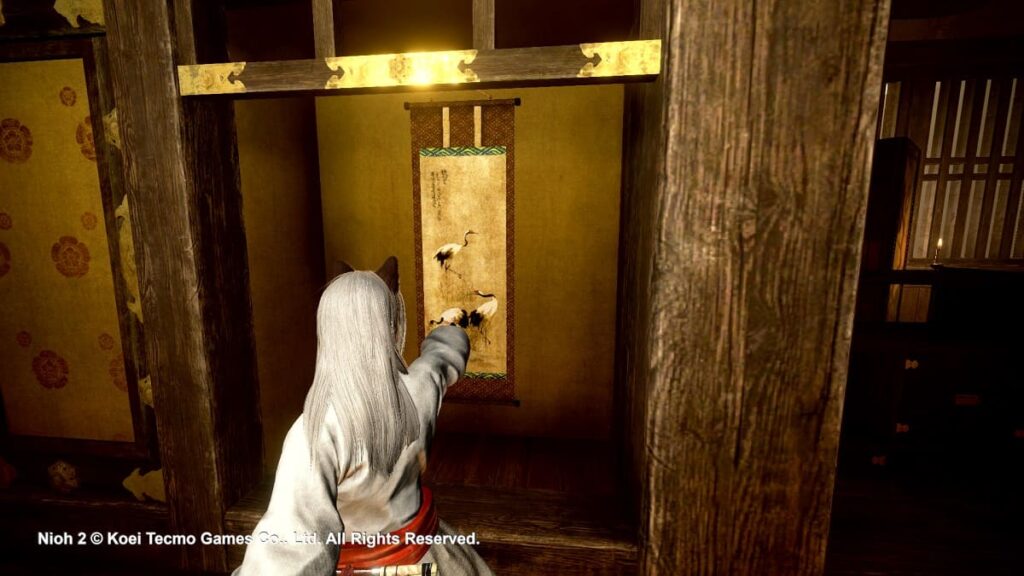
Kakejiku have long been a cornerstone of Japanese culture, combining functionality with profound artistic expression. Understanding their history and role can deepen your appreciation for these beautiful scrolls. Whether as a piece of traditional decor or a feature in modern interior design, Kakejiku continues to inspire and captivate.
If you’re a fan of Japanese art or just looking to add a touch of elegance to your home, why not explore the world of Kakejiku? And if you’re playing Nioh 2, don’t forget to admire the scrolls adorning the game’s stunning environments—they might just inspire you to bring a piece of Japan’s rich history into your own space!

If you are interested in Japanese culture, you may love these games!
Let’s play!

Yes! Let’s play NIOH games!

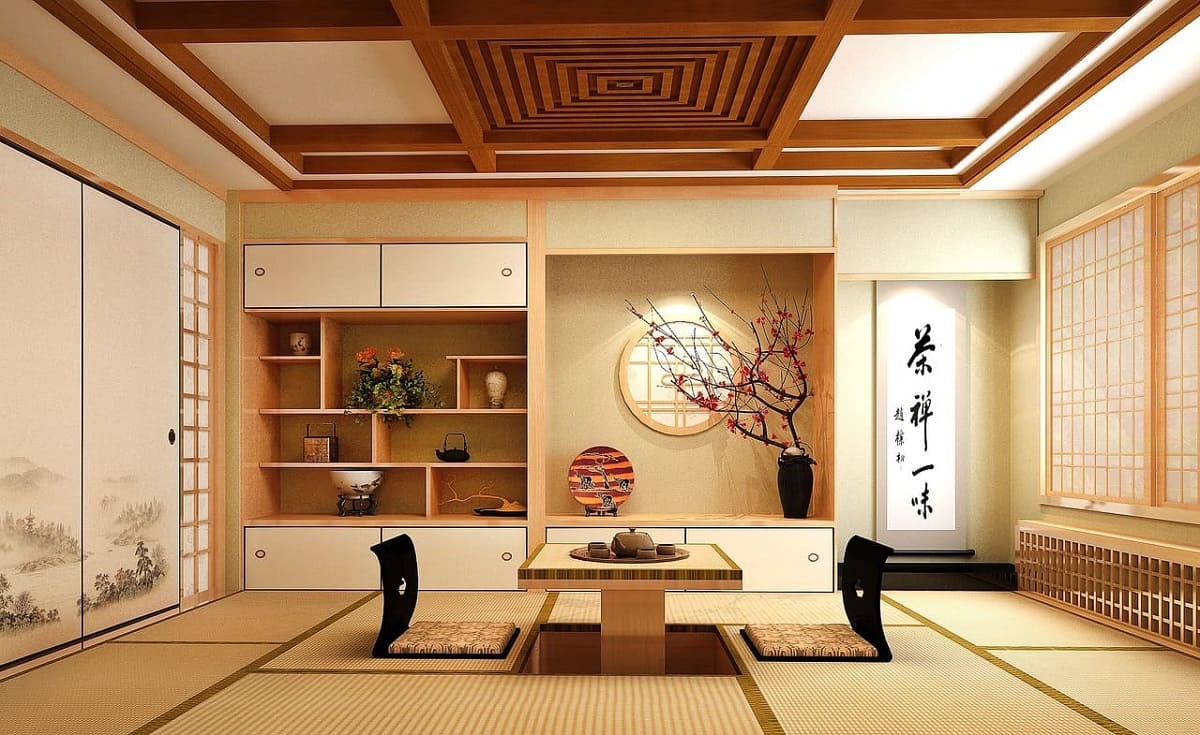


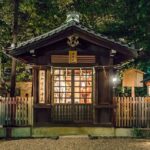

Comments